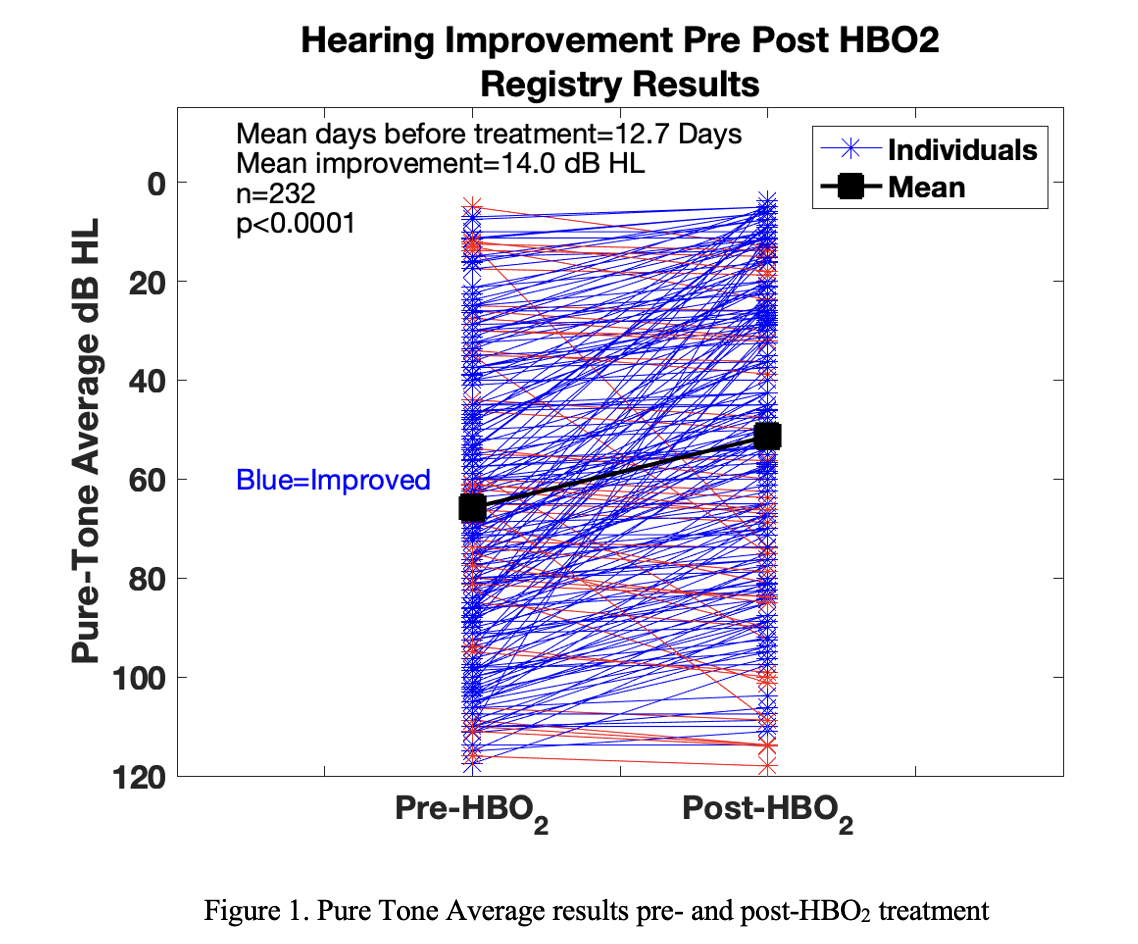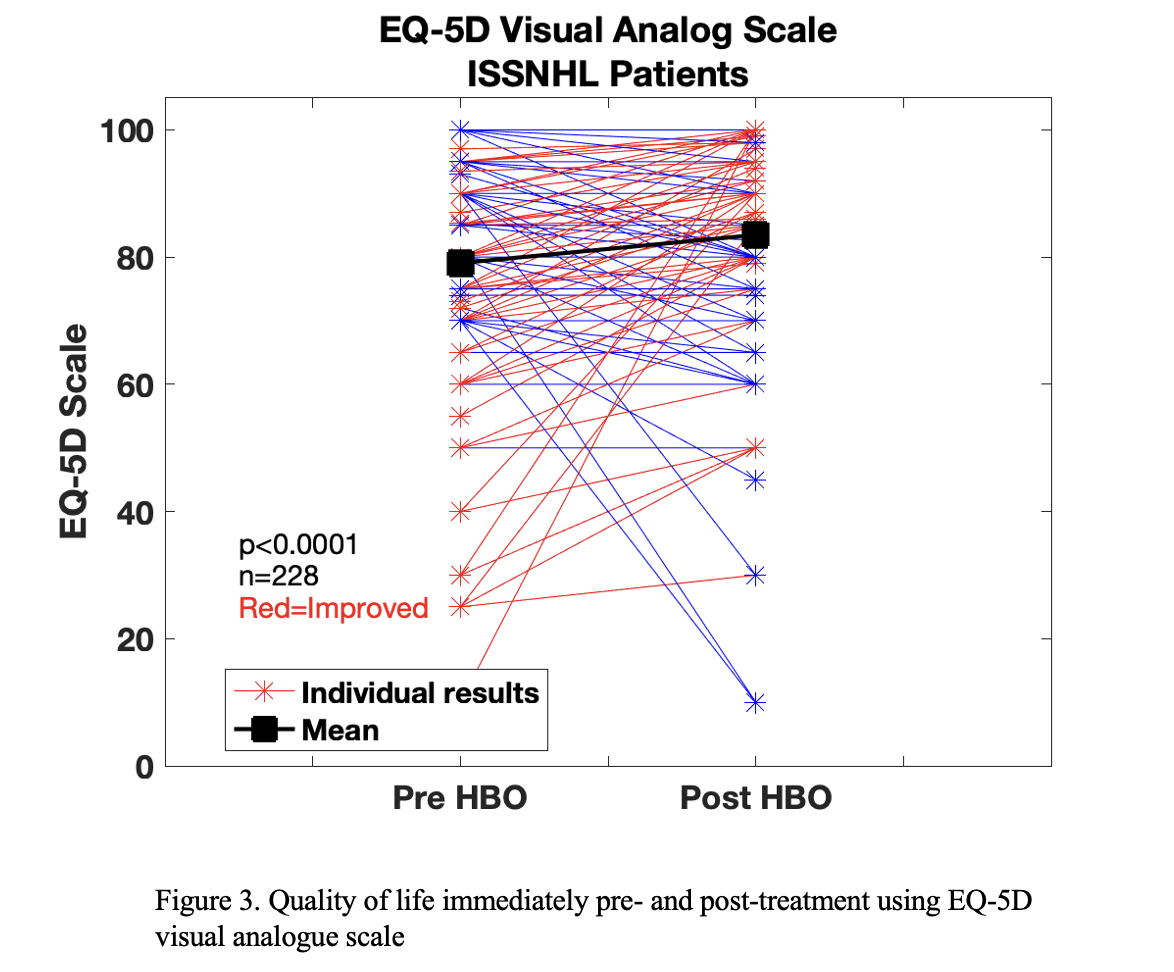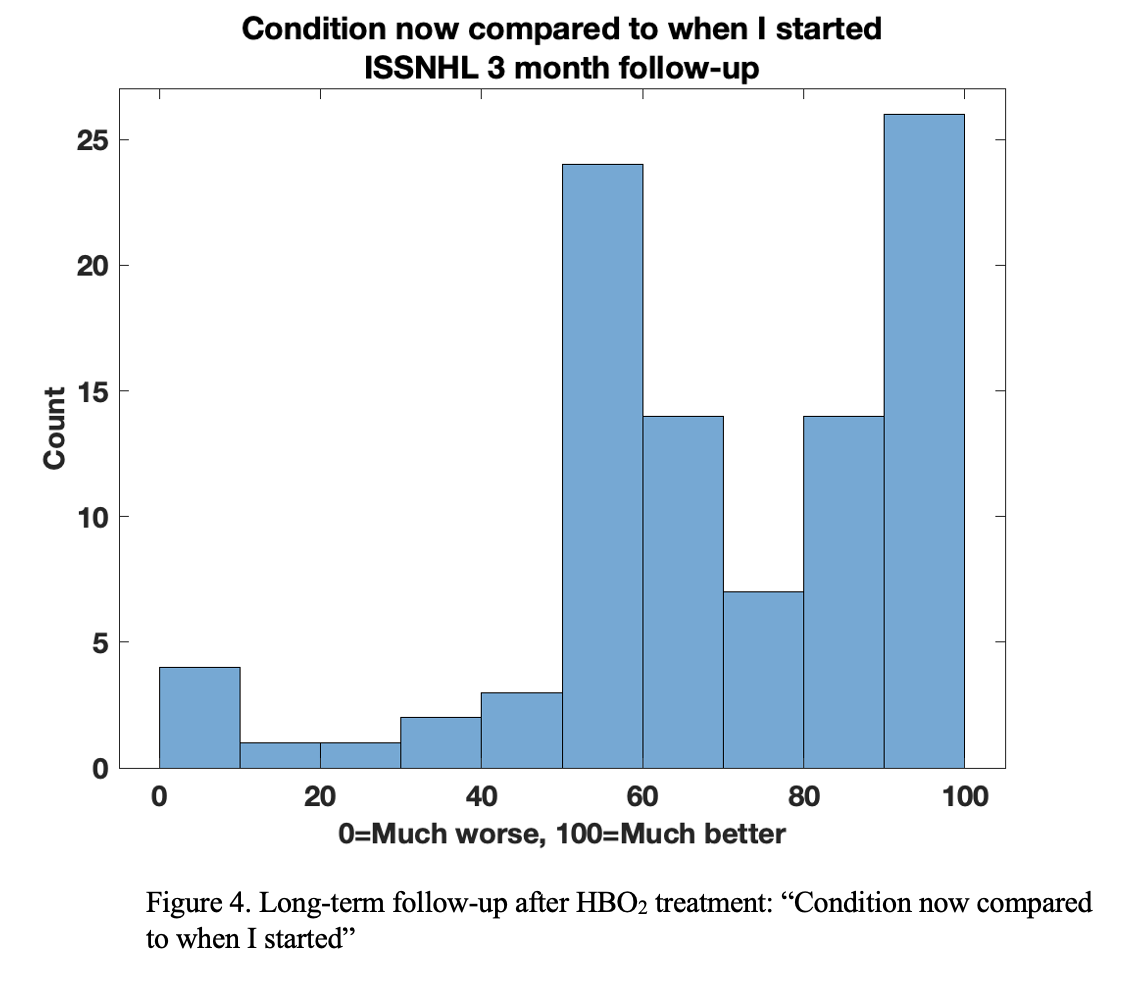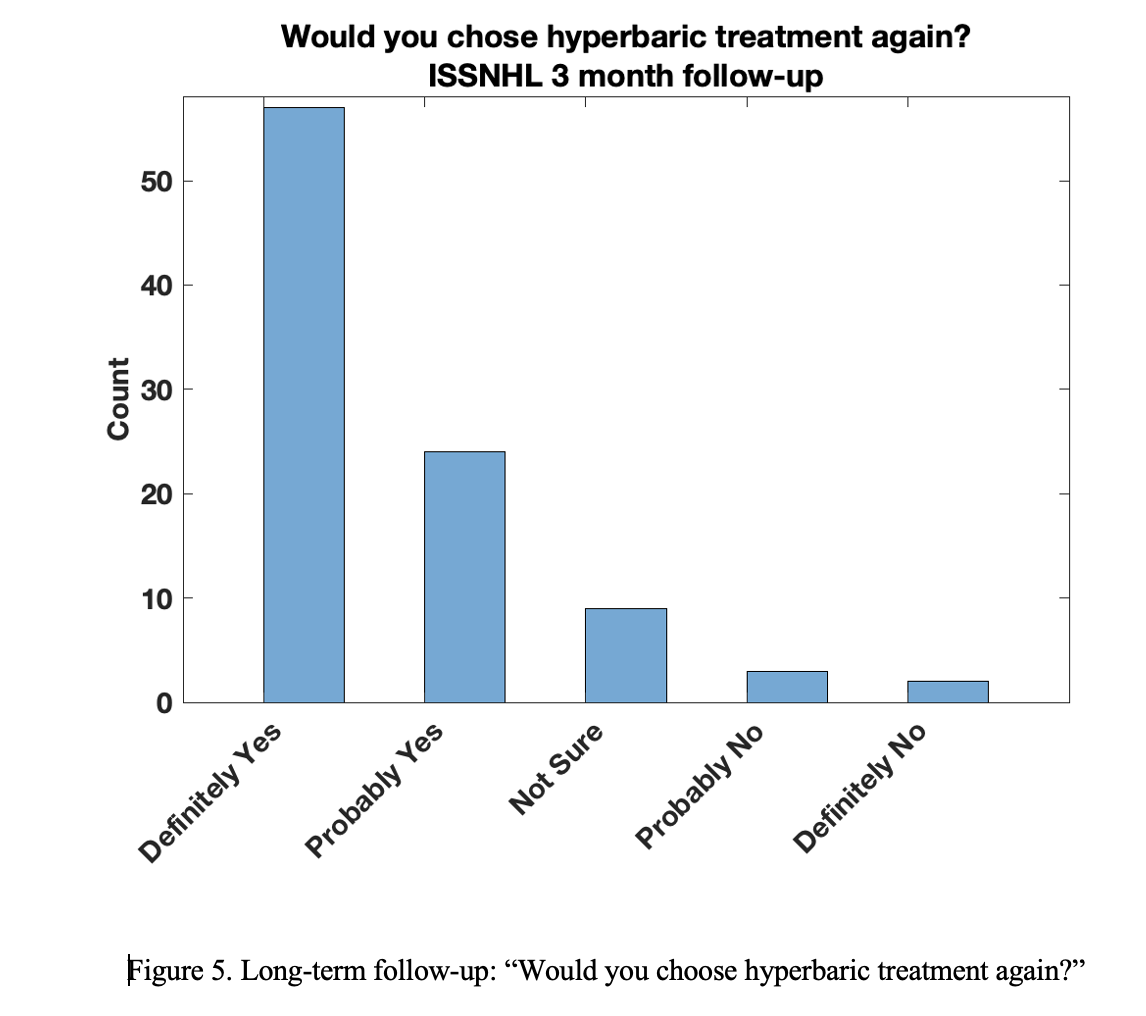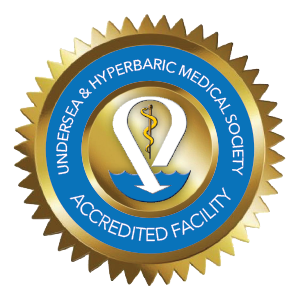By Glenn Butler and Eric Koleda
Diabetic Veteran lower limb amputations are being conducted daily, when Lower Lifetime Cost Civilian Limb Preservation Programs utilizing Hyperbaric Oxygen Therapy are more successful at saving money, saving limbs and lives.
The worldwide Diabetic Patient population is growing exponentially. The over 2.2 million diabetic Veterans have a significantly greater incidence of diabetes and other comorbidities than the civilian population that increases their risk for Lower Limb Amputation (LLA). The VA Statistics provided our team demonstrated a 22-year (2000 to 2022) average annual VHA DFU LLA rate of 36,197 of which 24,433 DFU Veterans died on average post 3-year LLA. The National VA Diabetic Veteran Foot Ulcer (Wagner II-III) population is increasing rapidly due to VA untimely and inadequate care intervals, resulting in an epidemic increase in largely preventable Lower Limb Amputations.
The estimated 2.2 million VHA diabetic Veterans have a legal, ethical, and moral right to be provided with real information, timely clinical care and a legal “Informed Consent” regarding all accepted clinical alternatives to amputation and immediate access to a Veterans Health Administration-created VA-Community Care Network (CCN) Civilian Hospital DFU programs and Hyperbaric Oxygen Therapy (HBOT) capability per VA and CMS guidelines.
Our analysis of VA-supplied DFU LLA data concludes that the combination of underdiagnosis, inadequate clinical staffing, delays of in-person exams and limited access to civilian HBOT protocols has contributed to the escalating rates of DFU-related morbidity and mortality among veterans. Addressing these issues through improved diagnostic practices, enhanced clinical infrastructure, and timely referrals to specialized CCN Civilian Hospital Wound and HBOT centers is critical to mitigating the impact of DFUs and LLA on the veteran population.
Negative VA Statistics- The VA data analysis provides disturbing details regarding a two-plus decade long DFU epidemic. More than 796,340 U.S. Veterans have died prematurely from DFU LLAs in 22 years, more than all Veterans Killed in Action (623,982) since the beginning of World War I.
The 22-year average annual VA DFU Amputations is 36,197 of which 24,433 DFU Veterans die on average, post-three-year LLA. The VA DFU LLA mortality rate is 64-71 percent within three years post-LLA surgery.
Positive CMS Statistics- These VA Statistics are in stark comparison to a Civilian 74 percent Heal rate who received timely HBO2 treatments. In a large 2018 retrospective civilian study, the effect of HBO2 on Wagner grade 3 and 4 DFU was evaluated using a retrospective observational real-world data set. The study reported an overall healing rate of 74.2% at the population level, for >2 million wounds.
When a subgroup of civilian DFU patients with only Wagner grade three or four DFU were considered, the healing rate was only 56.04%. The use of HBO2, without filtering for the number of treatments received, improved the healing rate to 60.01% overall. However, healing rates for this same subgroup, however, were improved to 75.24% for patients who completed the prescribed number of hyperbaric treatments.
Despite these contrasting VA/CMS statistics, there appears to be a systemic inability by the VA to make clinically appropriate referrals of DFU Veterans to a Veteran Health Administration-created VA Community Care Network (CCN) Civilian Hospitals that are equipped with Hyperbaric Oxygen Therapy (HBO2) capabilities. The VA’s reluctance to make this limb lifesaving Veteran DFU referrals out of the VA System and into CCN affiliate Hospitals may be a misguided cost containment effort.
The VA Civilian Community Care Network- In 2018, several New York area Health Systems and over 1,500 other civilian Hospitals nationally signed up with the Veterans Health Administration to become VA Community Care Network (CCN) Provider Hospitals under the MISSION Act of 2018 (Maintaining Internal Systems and Strengthening Integrated Outside Networks), This act of Congress was put in place to address the inability of the VA to provide timely medical care and to expand Veteran access to immediate care in an organized civilian sector Hospital network when CMS / VA / FDA / UHMS approved Medical Services were unavailable within the VA, especially for veterans in remote or underserved areas. This mandate extends to the Veteran‘s ability to access Hyperbaric Oxygen Therapy (HBO2), where the VA follows CMS, FDA, and UHMS Indications and guidelines.
The VA MISSION Act of 2018states “The Secretary shall subject to the availability of appropriations, furnish hospital care, medical services and extended care services to a covered Veteran if the VA Department does not offer the care or services the Veteran requires.” The VA does not offer HBO2 chambers in any of their 172 VA hospitals across the country. Therefore, the VA-CCN Civilian Hospital System was, in part, created for this purpose. Further, it states, “the decision to receive hospital care, medical services, or extended care services under such sub-paragraphs from a (civilian CCN) health care provider specified in subsection (c) shall be the election of the Veteran.”
Informed Consent-The Veteran Administration has been mandated to refer patients to civilian services it cannot provide. VA Physicians and staff are also medically and legally obligated to provide the doctrine of “Informed Consent” seeking to ensure that doctor’s, tell patients of their diagnosis; and that those patients understand the nature and purpose of recommended interventions, that the treatment is fully funded by CMS or the VA, and, most importantly, that patients are made aware of the burdens, risks, and expected benefits of all options under the AMA Code of Medical Ethics Opinion 2.1.1.
Minimal History of VA referrals for HBO2-According to the VHA data from 2002 to 2022, only 548 DFU Veterans on average per year receive HBO2 which is 1.5 DFU Veterans per day across the entire U.S.
The VHA cannot deny Veterans access to HBO2 as it is a CMS, FDA, VA-Optum and Tricare-approved and funded treatment option. Veterans, their families, and Caregivers must advocate for timely clinical information, referrals, and treatment within the CCN medical sector.
Significant Cost of Care-The Community Care Network Hospital System was created to help Veterans access to immediate medical care and reduce morbidity and mortality rates, improve Veteran and family quality of life, and save taxpayer money. The VA’s own cost report data demonstrates that the VA is spending 4-6 times the veteran’s actual Lifetime Cost of Care as compared to an average civilian CMS DFU patient care cost comparison, all while living substantially longer in the process.
Referring DFU Veterans to CCN Hospitals would save the VA money-Under the Veterans Access, Choice and Accountability Act of 2014 and the MISSION Act of 2018, there are provisions for CMS cost coverage and paying for CCN hospital care and medical services provided to veterans with non-service-connected disabilities.
CMS pays for most Veteran HBO2 treatment-With the average age of DFU “At-Risk” LLA Veterans over 66.2 years old, many Veterans are covered for CCN care and HBOT under the Center for Medicare and Medicaid funding mechanisms, costing the VA less to make these referrals.
Despite the VHA receiving millions in additional personnel funding, the VA remains chronically understaffed and has consistently neglected to update antiquated clinical practices and implement the very successful CMS Civilian Diabetic management model being delivered by affiliate VA Community Care Network Civilian Hospitals, which offer Hyperbaric Oxygen Therapy per Tricare, CMS, FDA, and UHMS guidelines.
Minimal VA cooperation- For over three years, Glenn Butler and affiliate Hospital Physicians attempted to meet with the three lower New York State VA Medical Centers or receive any DFU information from the national VA headquarters in Washington D.C.
Finally, Eric Koleda, a USAF Veteran and National Director for State Legislative Efforts for TreatNOW, a non-profit Veteran advocacy organization, requested Congressman Gregory Murphy, MD (R-NC) to petition for the latest VHA DFU data. Finally, in July 2022, VHA Deputy Under Secretary for Health, Dr. Steven L. Lieberman, MD, was required to forward a raw data report to Congressman Murphy’s office and staff, who shared the VA data report. Eric Koleda analyzed the VA data and created a formal 50-page report, which was forwarded to the US Congress in October 2022.
Why does the VA rarely make Veteran DFU HBO2 referrals to Civilian CCN Hospitals?While the VA is mandated to use HBO2, Dr. Steven Lieberman, now former VA Under Secretary for Health, confirmed the Veteran Administration does not own or operate Hyperbaric chambers within its 172 National Hospital system or 1,000+ regional clinics. He cited a lack of “significant medical necessity” and that HBO2 required a specialized facility and staffing for which the VA was not equipped. This policy leaves a major gap in care for Veterans in which the VA-CCN Hospital system with HBO2 capability has been created to address to avoid Amputations.
High VA Cost of Care- The VA has not made itself available to meet with local New York VA Community Care Provider representatives to facilitate DFU Veteran referrals. It is estimated that the VA has expended approximately $12.5 billion in Lifetime costs over the past two decades on Veteran DFU Lower Limb Amputations (LLA). The civilian sector, hospital, and clinical track record can offer the VA superior clinical outcomes, including the duration and quality of life, plus a significant reduction in lifetime care costs to the American Taxpayer.
In Conclusion,
We all have an obligation to assist our veterans to assist them within our capabilities. Community Care Network Provider hospitals are contractually obligated to provide our services, including vascular testing, surgery, wound care, and HBO2 services. The Veterans Administration, per the Mission Act and AMA Informed Consent Medical Ethics opinion, is mandated to inform the Veterans of all their CMS-approved medical options, and to see that appropriate referrals are made.
Diabetic Veterans with DFU have a legal right to demand and receive “Informed Consent” which includes all CMS-approved clinical interventions. This includes vascular testing, surgical interventions, wound care, social and nutritional counseling, and HBO2 therapy.
They have the right to demand that they be referred to a CCN Hospital with HBO2 capability.
Civilian CCN Hospitals should engage the VA – Hospitals that have contracted to become VA Community Care Network providers with wound care and HBO2 capability are obligated to formally contact their nearest VA Medical Centers, CMO, and Podiatry departments to offer their DFU HBO2 services and request referrals.
Other Veteran CMS HBO2 Indications-We are currently investigating other very serious Veteran care issues in which HBO2 is a CMS-approved therapy that the VA is not currently offering to Veterans.
Hemorrhagic Cystitis- There is a significant number of Prostate cancer cases in the VA system. Those fortunate enough to be identified early receive Radiation Therapy, and a percentage equal to the civilian sector develop hemorrhagic radiation cystitis. HBO2 is probably not part of an “Informed Consent” discussion with the Veterans Urology Physician.
Head / Neck - Plastic Surgery reconstruction. Most H/N Cancer cases have received radiation therapy as a part of their initial cancer management. Compromised flaps in irradiated fields are a common complication, and HBO2 should be added to the Plan of Care to optimize the surgical outcome.
Acknowledgments:
The effort to provide Veterans with civilian support and HBO2 would not be possible without:
- Life Support Technologies staff and our CCN Hospital - Physician partners.
- Eric Koleda, TreatNOW State Legislative Director
- Robert Beckman, PhD, TreatNOW Executive Director
- Joel Goldstein- CEO of the BART Foundation.
References
1- The Veteran Diabetic Foot Ulcer (DFU) Epidemic: A U.S. Department of Veterans Health Administration (VHA) Hyperbaric Oxygen Therapy (HBOT) Services Review Report, October 2022, TreatNOW.org
2- VHA Diabetic Lower Limb Morbidity / Mortality rates (2000-2022)
3- William J. Ennis, Enoch T. Huang, and Hanna Gordon. Impact of Hyperbaric Oxygen on More Advanced Wagner Grades 3 and 4 Diabetic Foot Ulcers: Matching Therapy to Specific Wound Conditions. Advances in Wound Care. Dec 2018.397-407.http://doi.org/10.1089/wound.2018.0855
4- The 1997 CDC report titled, “Hospital Discharge Rates for Nontraumatic Lower Extremity Amputation by Diabetes Status
5- Fife CE, et al., Factors influencing the outcome of lower-extremity diabetic ulcers treated with hyperbaric oxygen therapy. Wound Repair Regen. 2007 May-Jun;15(3):322-31. Doi: 10.1111/j.1524-475X.2007.00234.x. PMID: 17537119
6- VA MISSION Act of 2018 11th Congress (2017-2018) S.2372 W
7- Ama-assn.org, Code of Medical Ethics Opinion 2.1.1
8- CMS / UHMS / VHA Hyperbaric Indications list

